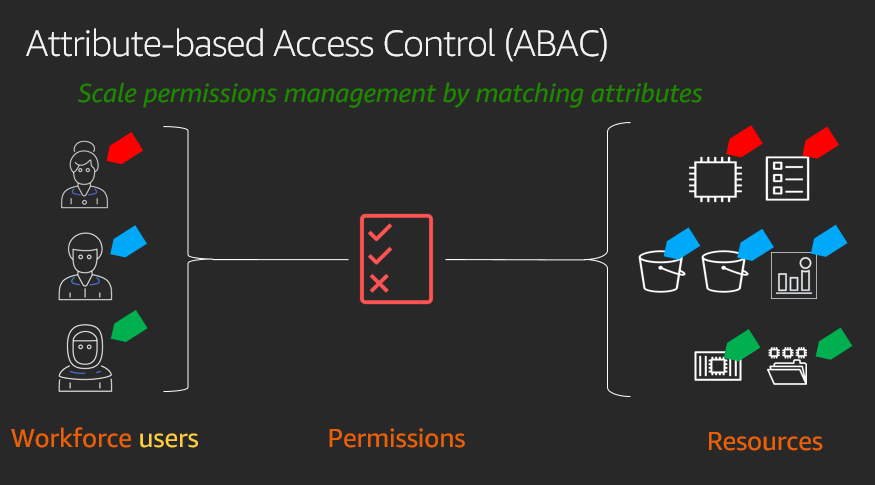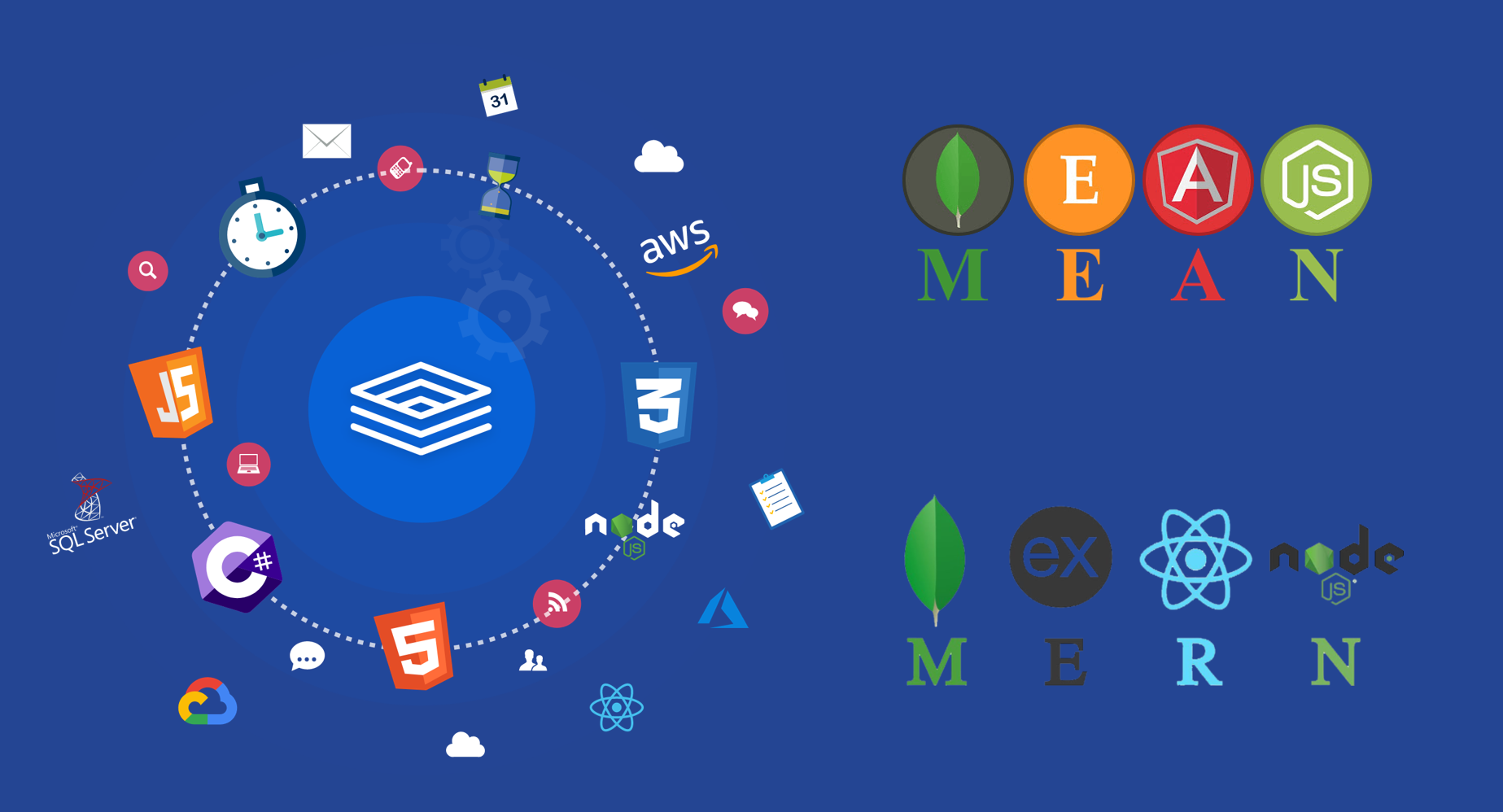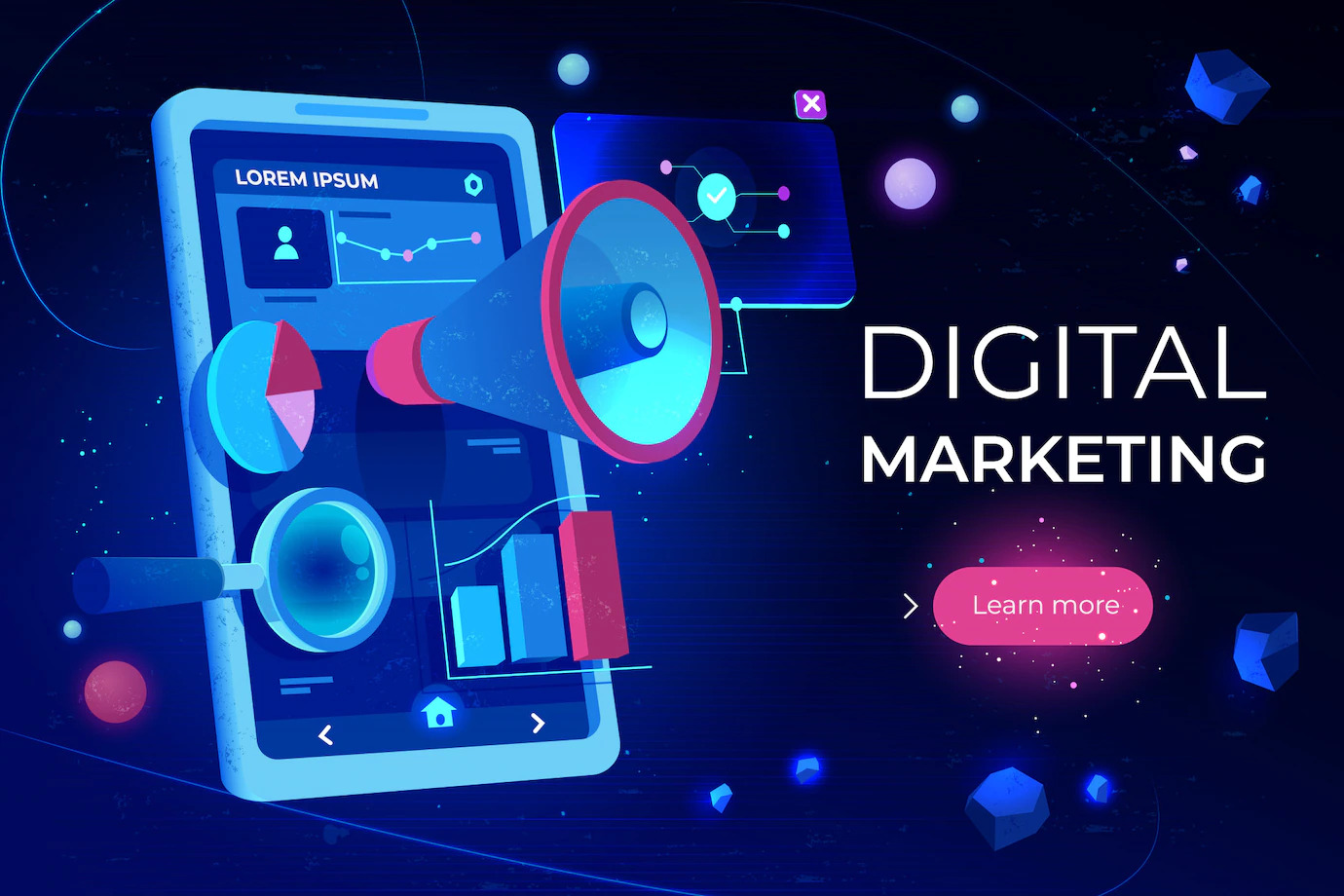
Attribute-Based Access Control (ABAC) for AWS
Implementing Attribute-Based Access Control (ABAC) for Enhanced Security in AWS Attribute-based access control (ABAC) is an authorization strategy that lets you create fine-grained permissions based on user attributes, such as department, job role, and team name. User attributes make permissions more intuitive, and they simplify the administrative experience of managing
















